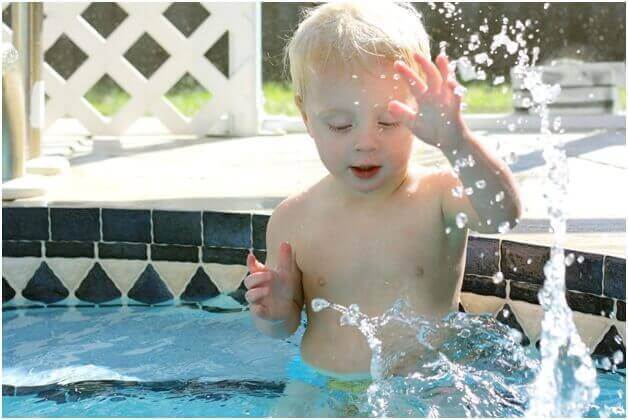With beautiful weather year-round, Florida is an ideal place to build a residential swimming pool. However, if you and your family are thinking of improving your backyard by adding your very own pool, there are a few safety measures that you’ll need to consider first.
That’s because Florida has a Residential Swimming Pool Safety Act that requires all pools built after October 1, 2000 to have specific safety features. The Act (which has actually been a law since 2009) was implemented in an effort to prevent drowning accidents in the state that has the highest drowning rate in the country for children ages 1-14.
Whether you’re just now building a swimming pool or you have a home pool that was built before 2000 and doesn’t meet the current safety standards, do your part to prevent drowning accidents. Here are the minimum safety features your pool should include.
Features to Help Keep Your Pool Safe
The Residential Swimming Pool Safety Act actually only requires that you have one of the following safety features, but that doesn’t mean that you can’t add more in an effort to make your pool as secure as possible.
Safety pool cover. Your cover can be either manual or power-operated, but it needs to meet the performance standards of the American Society for Testing and Materials (ASTM). Modern power-operated pool covers tend to be a good choice because they can completely seal the pool when not in use.
Barrier. Florida has strict requirements for what constitutes a pool barrier. Your barrier needs to be at least 4 feet high, may not have any gaps or other openings that a young child could crawl through, must go all the way around the perimeter of the pool, and needs to be far enough away from the pool that a child or medically frail person who fell through the barrier would not immediately fall in the water. Any gate in the barrier must be self-closing and have a release latch on the inside of the enclosure, where a child could not easily reach it from outside the barrier.
Home exit alarm. Although not as common as enclosures or pool covers, you can choose to install a home exit alarm on all doors or windows that have direct access to the pool. However, keep in mind that your pool still needs to have some kind of barrier to prevent children in the neighborhood—not just your own kids—from getting in the pool undetected.
Child-proof latching device. You may choose to install a self-closing, self-latching device with a release mechanism at least 54 inches off the ground on any door leading out to your pool. As with the home exit alarm, this is best paired with some kind of barrier in order to protect both your own kids and potentially trespassing neighborhood children.
Pool Safety Is Worth the Investment
The Residential Swimming Pool Safety Act isn’t just an elaborate plan to get you to spend more money when building your pool; backyard pool drowning is a major issue in Florida, and it’s important that all homeowners with pools do what they can to minimize this risk. The initial cost of adding something like a barrier or a pool cover is far less than the cost of a life.






